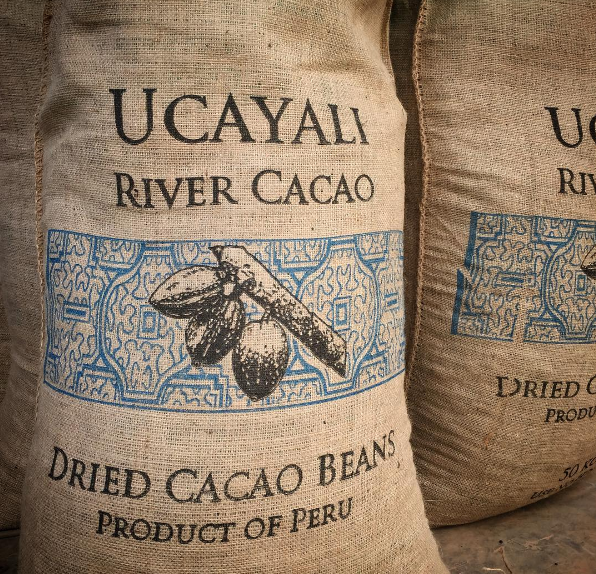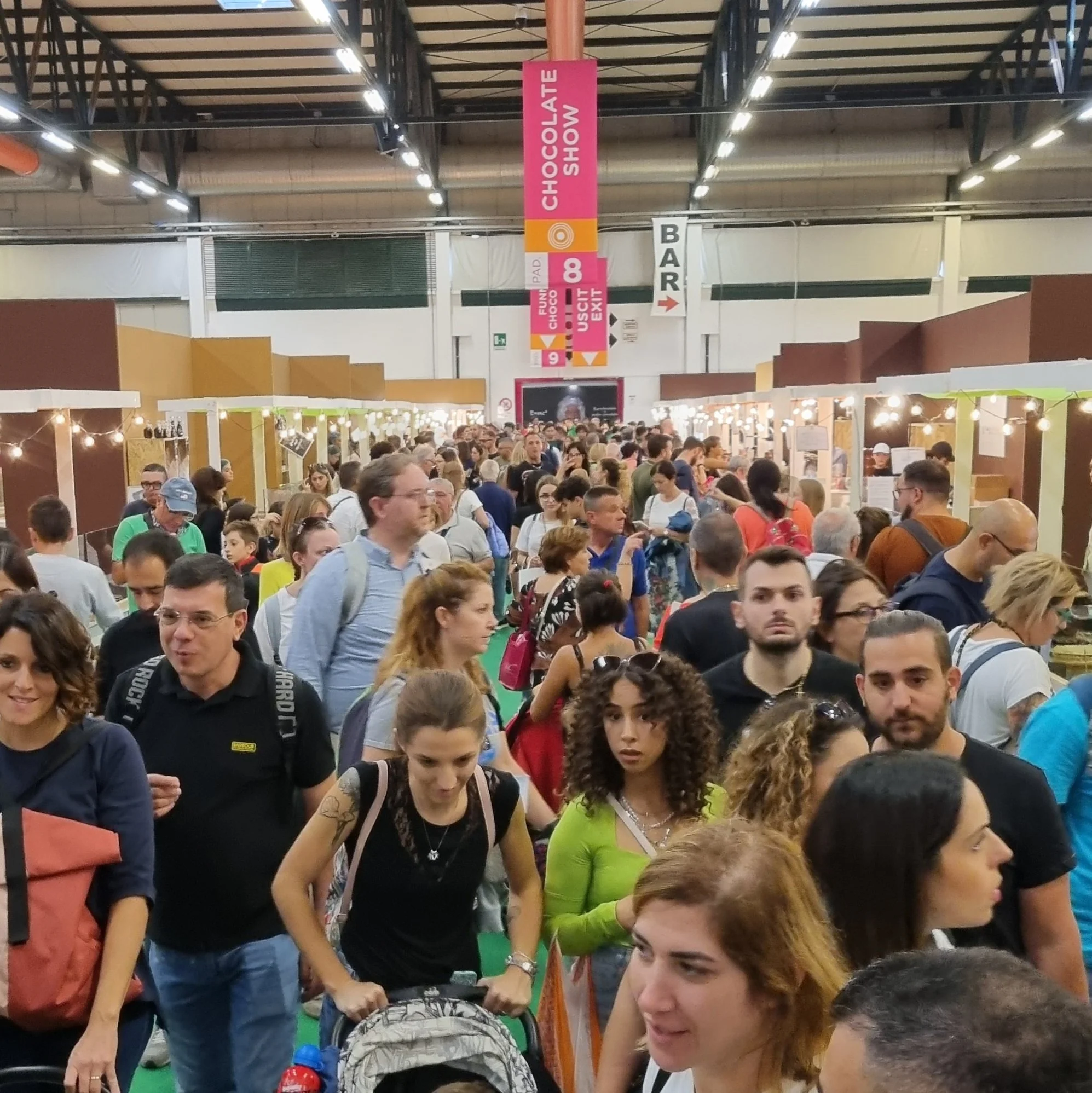Craft Chocolate Makers Are Loving These New Cacao Origins
It happens all the time.
A renowned chocolate maker starts using cacao beans from a new producer. The chocolate tastes amazing and the word spreads fast. One month later, everybody is using those same beans. Dozens of bars from the same origin start appearing on the market and consumers are delighted by such exciting releases.
But the soul of a craft chocolate maker never settles.
Craft chocolate makers are constantly on the lookout for new exciting cacao origins.
The fact that a lot of companies use the same cacao beans has never been a big deal in the craft chocolate industry. So much goes into the making of good chocolate that the raw material is only the first step. The skills of the maker, the kind of machines, the right timing, the quality of other ingredients. The joy of craft chocolate consumers is actually to taste how different makers interpret the same cacao beans.
However, finding differentiation in such a competitive market is key to success.
This is why chocolate makers venture into trips in the jungle and take financial risks for expensive shipments. They need to find what will set them apart from their competitors. New origins, new experiments, new products.
In 2016, fine cacao from Maya Mountain Cacao in Belize was in every maker's dreams. In 2017, Kokoa Kamili in Tanzania ran the show. Who will be the most popular producer of fine cacao in 2018?
Here are some new producers that chocolate makers have put their eyes on.
Ucayali River Cacao (PERU)
Makers like Lettepress Chocolate and Manoa Chocolate created Single Origin bars with this cacao back in 2015. But it has only been recently that Ucayali River Cacao got the recognition it deserved. Thanks to several chocolate awards achieved in 2017, this Peruvian cacao is now rocking the scene.
Robin, founder of the company, and his partner Marcos are working closely with 400 cacao farmers in Ucayali, inland region of Peru in the Amazon rainforest. They pick up the wet cacao at collecting stations every 15 days and bring it to their processing facility. Here, they take care of fermentation and drying, and get the cacao beans ready for shipment.
They also work closely with USAID and Alianza Cacao of Peru, organizations that are encouraging farmers in the area to abandon coca production for cacao.
Here the main strength of their business: "While most of the farmers in our area have lots of CCN-51, we work only with ICS, TCH, IMC, CMP and local varieties that are known as “comun”. This mixture of varieties combined with frequent collaboration with Daniel O’Doherty of Cacao Services enables us to produce a unique cacao for our customers."
Buena Nota Imports (COSTA RICA)
New York based Dark Forest Chocolate just won two International Chocolate Awards using the fine cacao of Buena Nota Imports. Under the charisma of his founder Eric, this company is just getting started, but has all the premises to get noticed in the craft chocolate industry. In fact, its Trinitario beans are already in the hands of San Francisco based Dandelion Chocolate, company renowned for being a trend setter in terms of fine cacao origins.
This cocoa is grown at Hacienda Azul in Turrialba, small city in Cartago Province of Costa Rica laying next to an active volcano. It all comes from a small, family-owned farm.
The owners work in harmony with local flora and fauna, integrating native trees into the growing process to promote reforestation and create optimal levels of shade. At harvest time the beans are fermented in wooden boxes and then sun-dried to lock in their flavor.The company is looking to expand its product line soon.
Agro Floresta Mesoamericana (MEXICO)
A group of passionate agronomists is looking to restore the old prestige of Mexican cacao. Their mission is to position agroforestry systems as the most attractive option for farmers in mesoamerica.
Thanks to its scientific approach, Agrofloresta currently manages four separate agroforestry projects on the borders of conservation areas and sources cacao from different communities of southern Tabasco and northern Chiapas. While cacao in this area has been traditionally washed and dried to be used in local products, Hugo and his team are working to improve fermentation techniques that bring value to cacao farmers. The cacao they work with is trinitario, but they like to call it "mexicano".
Agrofloresta has recently acquired a new important customer: Original Beans. It won't take long before other bean-to-bar makers get interested in this new producer.
CacaoTales (PERU)
With exotic notes of passion fruit, the cacao from Chililique sourced by Cacao Tales in Peru is enchanting many chocolate makers and chocolatiers worldwide. From The Chocolate Tree in Scotland, to Chapon in France and Es Koyama in Japan, Cacao Tales is making a name for itself in the industry.
Its founder Luis works in close collaboration with Norandino, agrarian cooperative that unites 30 associations of small coffee, cacao and sugarcane producers. Together, they produce and sell ultra-premium cacao (white native) from the Piura region. Luis, cacao farmer himself, dedicates its life to the Cacao Tales mission, living closely to the farmers and travelling the world to find clients for their cacao.
In his own words:
"Our mission is to give back to the farmers that live in the small communities where our cacao grows, helping them to rediscover their dignity and pride, by directly providing our precious beans to the world’s best chocolatiers.
We envision a future in which chocolate makers and chocolate lovers adequately acknowledge and reward the hard work of smallholder cacao farmers that produce sustainable, ethically and directly traded cacao."
It will be interesting to see what producer (and from what country) will drive the interest of craft chocolate makers in 2018.
Have you heard of other new exciting fine cacao producers?








